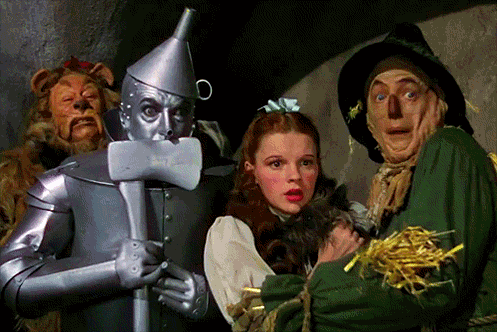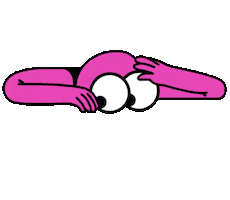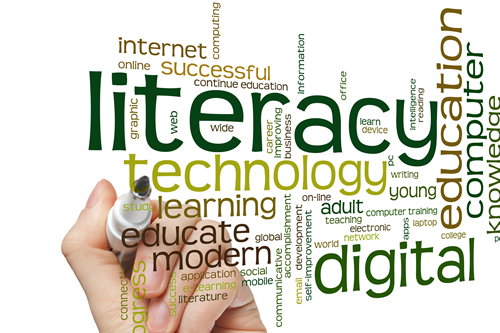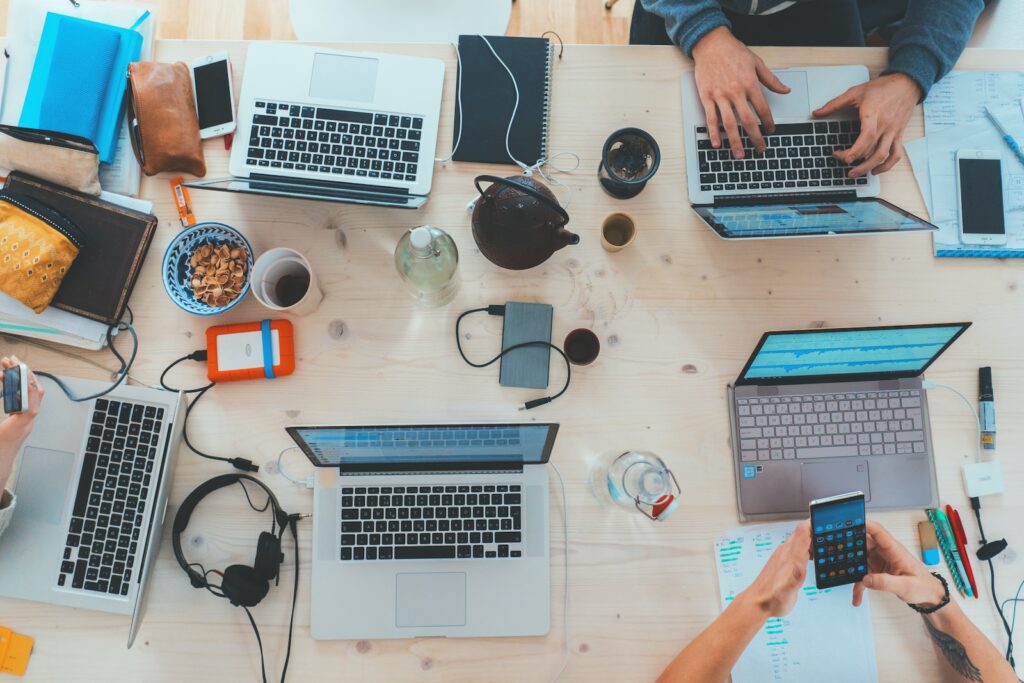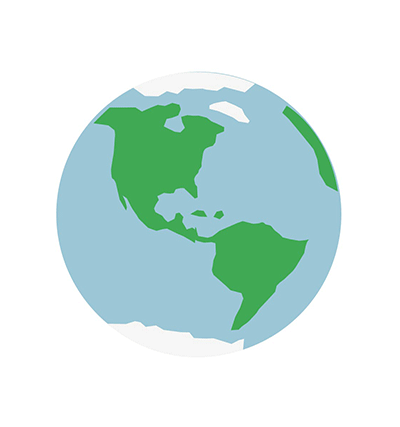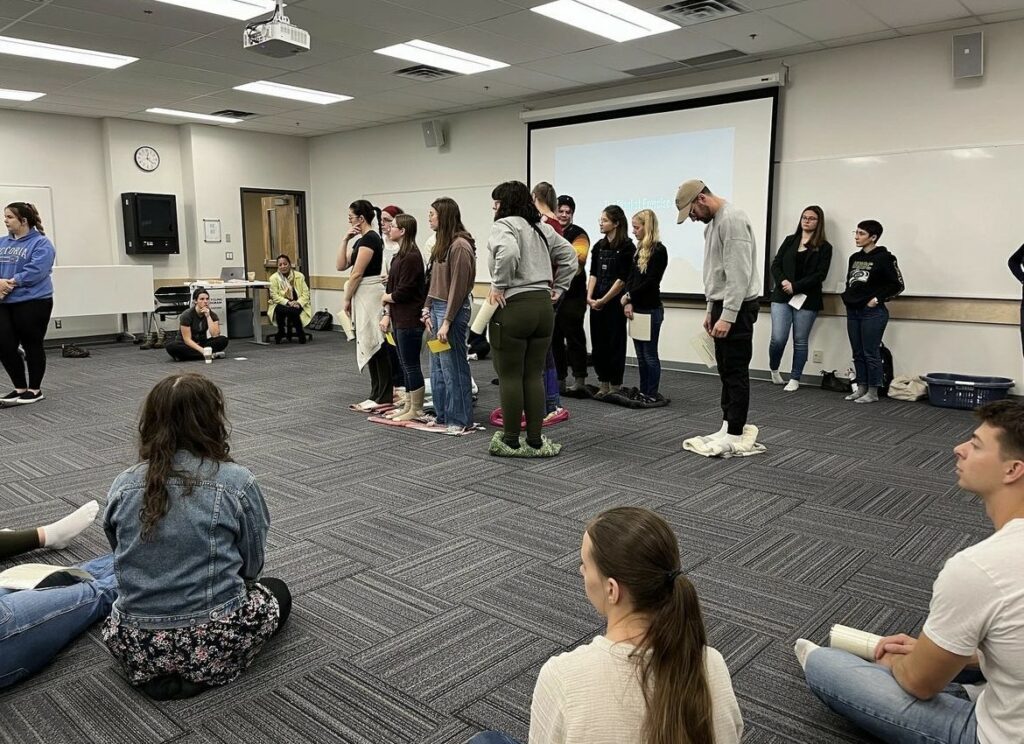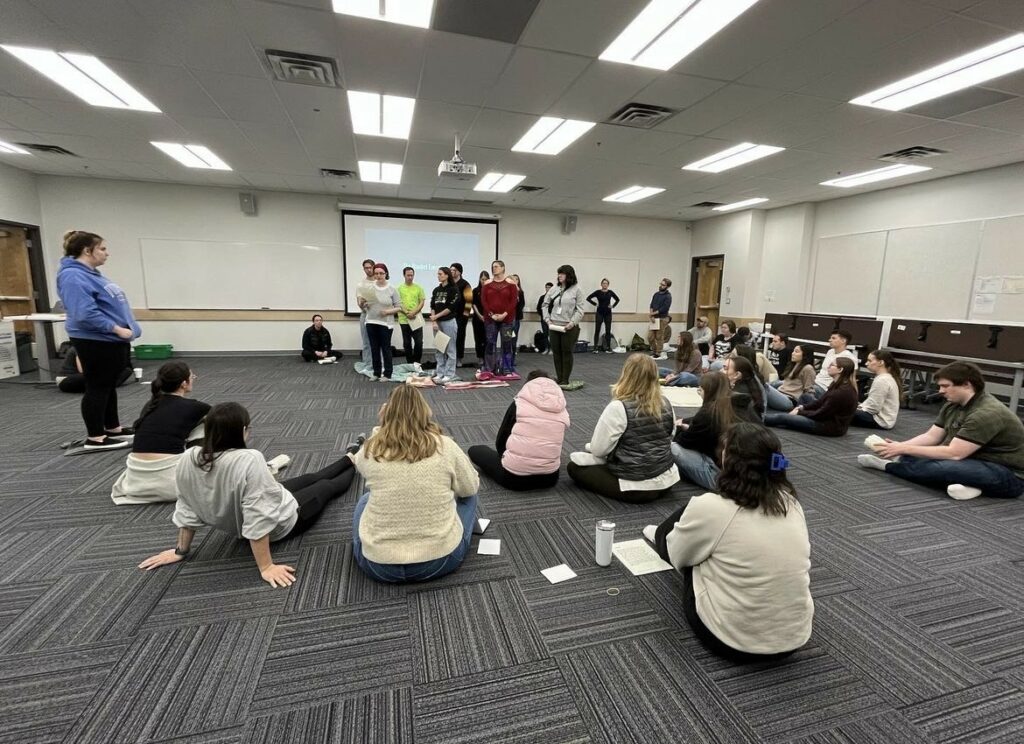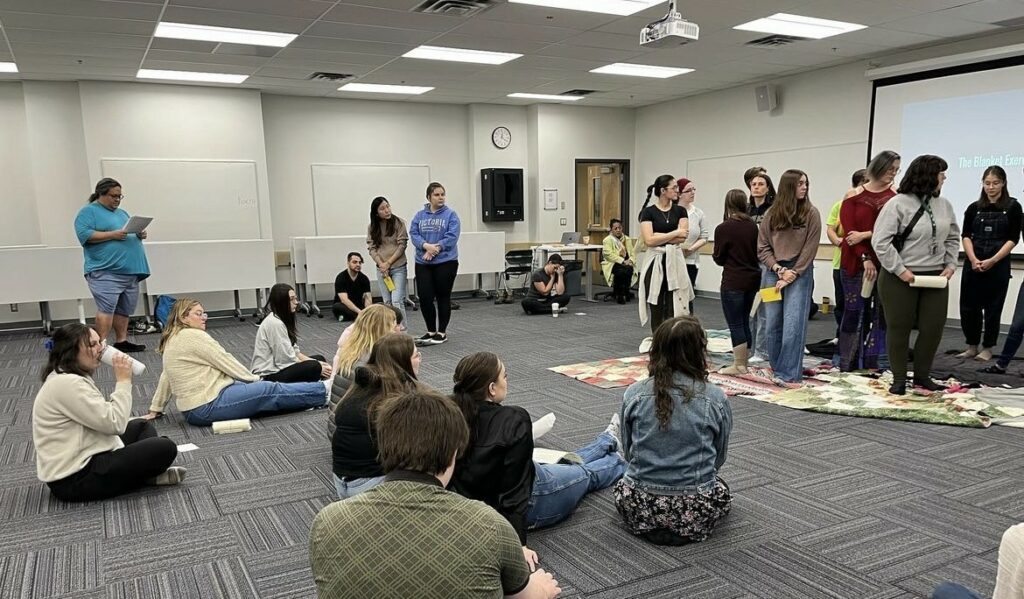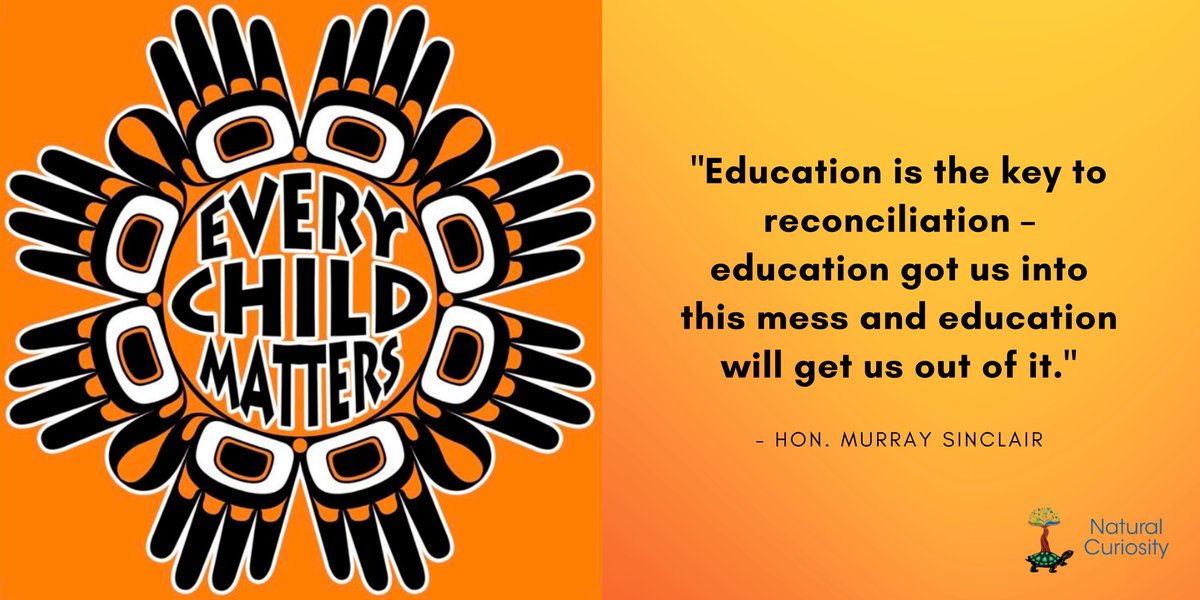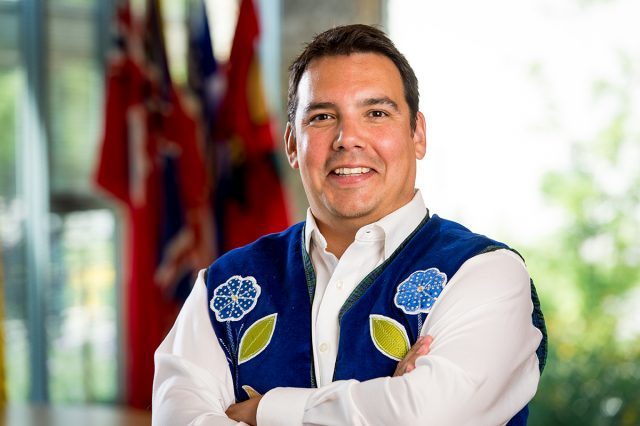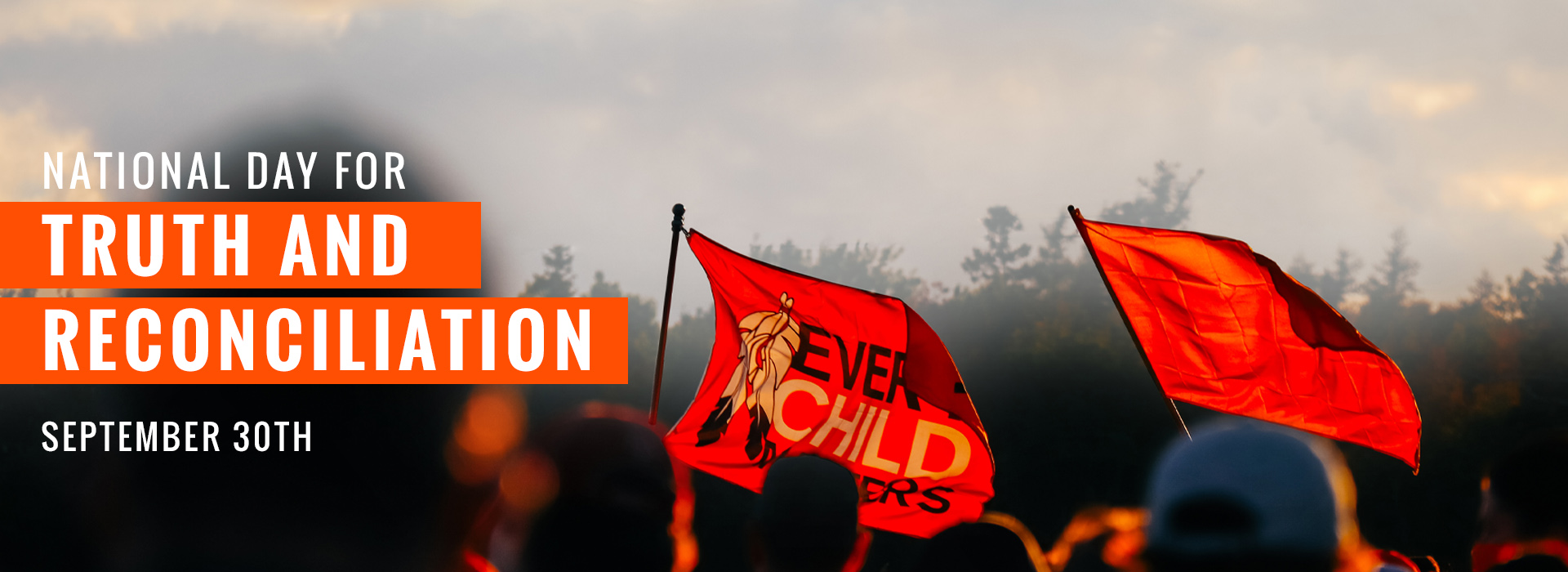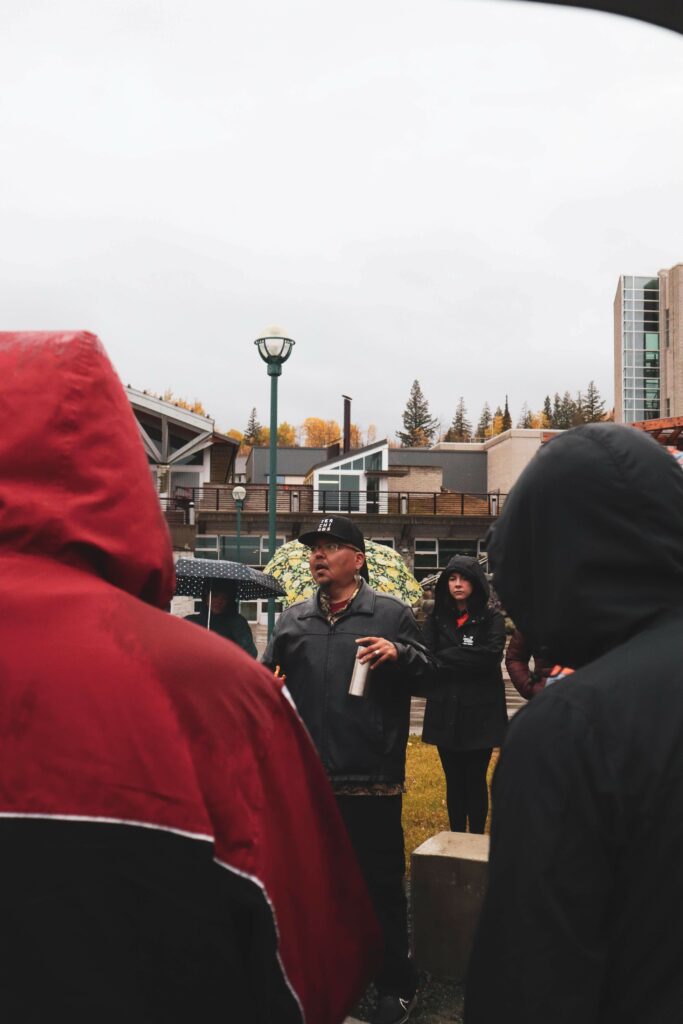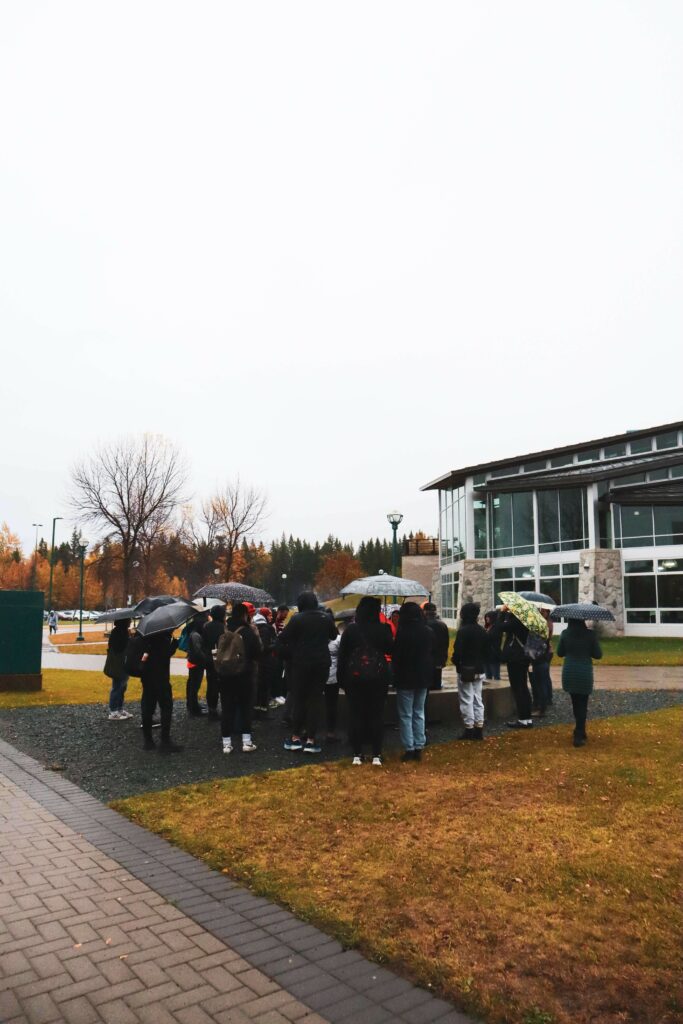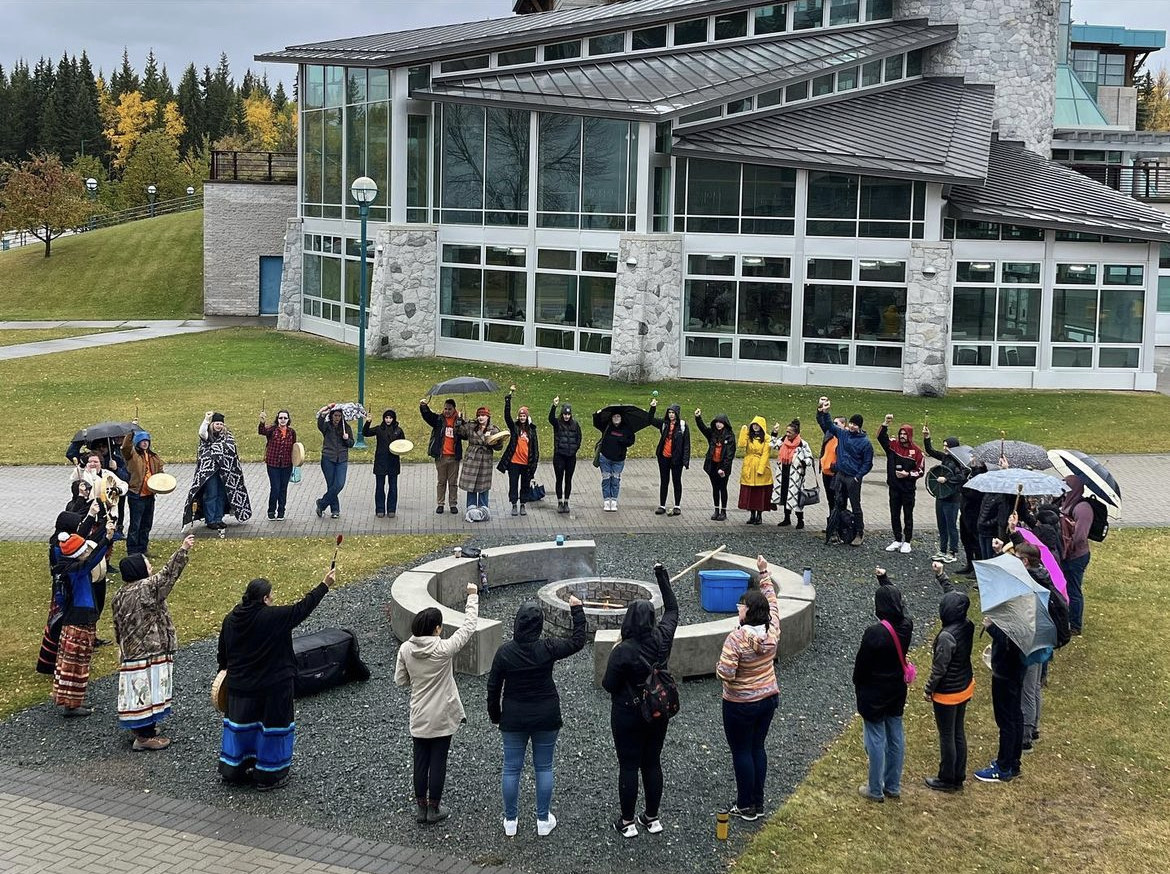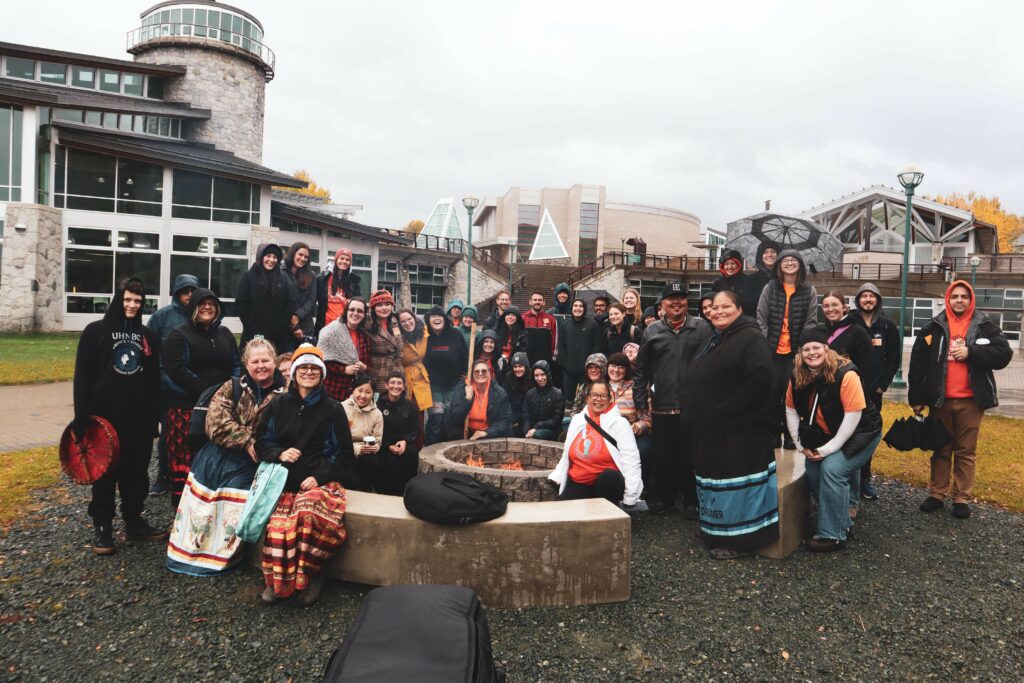https://www.pgpl.ca/content/teachers-educators
During a tour of Prince George’s Public Library, I learned there are so many tools and advantages for teachers. Okay, where do I begin? Well, we all know libraries have books. This library has books… a lot of books. Which is good considering their name and entire image. Yet it’s not all books.
Let’s talk about the books first. They have so many at a lot of different reading levels. For the most part their already sectioned into them. Which makes it easier to find the level you need and get and get out if you are in a rush. Or if you have the time take and peruse the shelves you’ll be there all day. So many genres, fantasy, mystery, comedy, biography, magazines, cultures, fiction, non fiction and even bugs. All at different lengths too. They even have some books that have built-in storytelling no disk required and ebooks. Which are really good for students with exceptionalities or those who like to be read to. For teachers they have an entire section for us on their website. They can get books together for us on any topic like if you want 20 books on cats early reading levels they’ll get that together for you. So we don’t have to spend time trying to scan through the shelves. But you can do that too if you’re into that. Almost their entire catalogue or wait I’m pretty sure it’s their entire catalogue is online. You can place a hold on anything, can checkout for pick up or see if they have what you want without leaving your class or home.
They have more than books too. All which brings value to teachers. They have a variety of learning kits that include lesson plans on so many different topics, which as a educator anything to help create engaging lessons is great! They offer school tours where they can either try and come to you or you can bring your class to them, and the students can get library cards. They’ll learn about everything the public library has to offer. Which is a lot. They have a variety of movies, games available to take out or to play in the teen area, computers, printers and different classes and clubs that meet at the library. So if your school doesn’t offer it the library probably does. They also have two locations in PG and can do interlibrary loans so if you need anything that is not at the main branch they’ll find it for you. Plus, they have it where there is not late fees. So no rush to get them back but remember someone else might be waiting.
The more that you read, the more things you will know. The more that you learn, the more places you’ll go.
Dr. SEUSS
The public library has so much value for educators it creates a welcoming environment and will support us to try and make our jobs easier. With all the services they provide especially for us. Plus they help us introduce access to books for some who don’t always have access to them or a quiet space.
